Marine Recon vs. Special Recon - What's the Difference?

Reconnaissance Marines and Special Reconnaissance operators might share the same word in their names, but you’d be surprised at how different these two communities are leveraged. To the untrained eye, an individual might mistake these two communities for doing the same thing – but as you’ll come to learn in this article, that is hardly the case at all!
This article is going to highlight the key similarities and differences between the Marine Recon and Special Recon communities. If you’re contemplating on joining either of these communities, or you’re just interested in learning more about the elite members of United States Military, continue reading on!
TABLE OF CONTENTS
MARINE RECON VS. SPECIAL RECON – OVERVIEW
MARINE RECON VS. SPECIAL RECON – MISSIONS & CAPABILITIES
MARINE RECON VS. SPECIAL RECON – TRAINING & SELECTION
MARINE RECON VS. SPECIAL RECON – REQUIREMENTS
MARINE RECON VS. SPECIAL RECON - CONCLUSION
MARINE RECON VS. SPECIAL RECON – OVERVIEW

Special Reconnaissance Airmen are Special Tactics operators in the United States Air Force with unique training to conduct multi-domain reconnaissance and surveillance across the spectrum of conflict with focus on lethal and non-lethal air to ground integration of airpower.
They deploy rapidly and undetected by any means, anytime, and anywhere to systematically – and with impunity – obtain, transmit, exploit, and action time-sensitive information. USAF Special Reconnaissance employ as elements of Special Tactics teams to prepare the environment, ensure global battlespace awareness, provide global access, and effect air, space, cyberspace, and information superiority for the successful execution of Joint Force objectives.
On the other hand, Recon Marines are infantry marines who are highly skilled in amphibious reconnaissance and ground reconnaissance. They possess proficiency in scout swimming, small boat operations, patrolling, and long-range communications skills. They can operate independently deep behind enemy lines, performing unconventional special operations in support of conventional warfare. They are able to insert and extract by means of sea, air, and land, and conduct battlespace shaping and limited scale raids. Their motto says it all: Swift, Silent, Deadly.
Now that you have a decent overview of what these communities are about, let’s dive a little deeper into their missions and capabilities.
MARINE RECON VS. SPECIAL RECON – MISSIONS & CAPABILITIES

As you’ve probably surmised by now, both Recon Marines and Special Recon operators conduct reconnaissance (shocker!). You’re probably asking yourself, why have multiple units for that? While they both have Recon in their name, their capabilities and mission sets are quite different - and each bring a unique contribution to the battlefield. Let’s explain.
First and foremost, Marine Recon has been around much longer than Special Recon. Since 1944, Recon Marines have been doing what they do best: Reconnaissance. Their methods and tactics are ingrained and well-established, and they have a long history in warfare.
Special Recon, on the other hand, was established in May 2019, so they’re pretty much brand spankin’ new in the world of special operations. All Special Recon Airmen were previously referred to as Special Operations Weathermen before they received a new doctrine, purpose, and pipeline.
The main difference between these two entities is the fact that Marine Recon is technically not special operations. While they are special operations *capable*, they do not fall under SOCOM, like their Special Recon counterparts do. This means that Special Recon has access to different funding and missions than Marine Recon, and they both answer to different bosses. Marine Recon conducts reconnaissance for the Marine Expeditionary Force and Marine Air-Ground Task Force, whereas Special Recon conducts reconnaissance for SOCOM and other SOF units.
Again, we’ll emphasize this now, just because Special Recon falls under SOCOM, and Marine Recon does not, doesn’t mean one is better or worse than the other. It’s just how it is.
Both Marine Recon and Special Recon go deep behind enemy lines, gather reconnaissance, have capabilities in direct-action, small-unit raids, battleship spacing, counter-reconnaissance, and much more. They also both have combatant dive capabilities, military free-fall capabilities, JTACs, and both can receive sniper training. What we’re trying to say here is that there is a lot of overlap, but there are their differences.
Special Recon has more of a focus on lethal and nonlethal air-to-ground integration of air power (they are in the Air Force after all!). They also have their experience with environmental and atmospheric reporting from their SOWT days.
Unlike Special Recon, Recon marines have experience in infantry, as all of them are considered infantrymen. They also have more knowledge and expertise in maritime warfare as a lot of their deployments can be with the Navy, such as on a Maritime Expeditionary Unit (MEU).
Lastly, we’re going to paint you a better picture about why Special Recon is considered special operations, while Marine Recon is not. You’re going to know more than the average person as to why this is!
Marine Recon has Force Recon. On paper, Force Recon has a different doctrine and mission set compared to traditional Marine Recon. We’re not going to go into detail about that, but if you want to learn more, click here to read our Marine Recon vs. Force Recon article.
The Marines wanted their hand in SOCOM, so when they stood up MARSOC, they took guys from Force Recon to start it up. Marine Recon remained conventional and supported the MAGTF and MEF, whereas MARSOC went on to support SOCOM. If none of that made sense to you, we’ll put it in layman’s terms. If you fall under SOCOM, you are special operations. If you don’t, you’re not. Make sense now?
Now for Special Recon. Special Operations Weatherman Teams, which again is where Special Recon came from, was already a part of SOCOM. They rebranded, offering newer and broader capabilities to Air Force Special Operations Command (AFSOC). So, the main difference here is that Special Recon was pretty much already in SOF, whereas Marine Recon never was to begin with.
With all of that said and done, you now know some key similarities and differences between Special Recon and Marine Recon. Let’s move on to discuss the training pipelines and requirements for each of them.
MARINE RECON VS. SPECIAL RECON – TRAINING & SELECTION

The pipeline for becoming a Reconnaissance Marine is as follows:
- Marine Boot Camp (13 weeks)
- Infantry Training Battalion (8 weeks)
- Recon Training and Assessment Program (5 weeks)
- Basic Reconnaissance Course (13 weeks)
- U.S. Army Airborne Jump School (3 weeks)
- Military Freefall Course (4 weeks)
- USMC Combatant Dive School (8 weeks)
- SERE School (3 weeks)
Just remember, Recon Marines receive a lot more training once they report to their unit. This is only the beginning.
The pipeline for become a Special Reconnaissance airman is as follows:
- USAF Basic Military Training (8 weeks)
- Special Warfare Candidate Course (7 weeks)
- Special Warfare Assessment and Selection (4 weeks)
- Special Warfare Pre-Dive Course (4 weeks)
- Special Warfare Combat Dive Course (8 weeks)
- U.S. Army Airborne Jump School (3 weeks)
- Military Freefall Course (4 weeks)
- SERE School (3 weeks)
- Special Reconnaissance Apprentice Course (5 months)
- Special Tactics Training (6 months)
Comparing the two pipelines, you can see that the Special Recon pipeline is quite longer than the Marine Recon pipeline. Again, this doesn’t mean one is better than the other - they just receive different training and at different points of their careers.
Okay, so now you know what school’s you’ll be expected to attend if you decide to embark on the journey to joining either of these communities. But in order to even get a chance at selection, you need to meet their basic requirements. Let’s go over those.
MARINE RECON VS. SPECIAL RECON – REQUIREMENTS

Let’s go over the requirements for Recon Marine first. You’ll need:
- Meet basic eligibility requirements to join the Marine Corps
- GT score of 105
- First class PFT (lat transfers)
- 1st class swimmer qualification (lat transfers)
- Successful completion of the Recon Screening Aptitude Test (RSAT). If you want to learn more about the RSAT, click here to read our article on it.
Moving onto Special Recon, the basic requirements are:
- Successful completion of the Special Warfare Operator Enlistment Initial Fitness Test (IFT). If you want to learn more on the IFT, click here to watch our in-depth video about it.
- Physical qualification and maintenance of physical standards for special warfare to include marine diving and parachute duty
- Normal color vision and depth perception
- Qualification to bear firearms
- Completion of a current National Agency Check, Local Agency Checks and Credit Check
- Completion of 7.5 weeks of Basic Military Training
- Must be between the ages of 17 and 39
Again, these are just BASIC requirements to join these communities. Getting a shot at the pipeline is nuanced enough as is, and there’s plenty more you’ll have to do and accomplish to join these communities.
MARINE RECON VS. SPECIAL RECON - CONCLUSION

You’ve just learned that Special Recon and Marine Recon are quite similar, but very different. Both of these communities offer unique skills and capabilities to the U.S. military. Special Recon falls under SOCOM, and Marine Recon falls under the MEF or the MAGTF. Both of them conduct reconnaissance, but they collect it for different reasons and for different chains of command. But at the end of the day, both of these are elite, deadly, and highly trained professionals in the world of reconnaissance.
If you’re interested in becoming a Reconnaissance Marine, you have a tough journey ahead of you. One of the most crucial parts of even getting a chance at learning what Marine Reconnaissance is all about is by passing the Recon Training and Assessment Program (RTAP), which is the gut check of the Marine Recon Training Pipeline. We discuss this program in-depth in our article, so make sure to click here to learn more.
One of the first things you will need to help you along your journey to becoming a Reconnaissance Marine is to invest in some solid gear and a reliable workout program to get you prepared. We’ve taken the guesswork out of your training with our Recon Rucking Prep Kit and Recon Finning Prep Kit.

Just use our discount code “MOTIVATED10” to grab yourself an extra 10% off.
General Discharge is a veteran owned, veteran operated organization that is dedicated to providing the best U.S. Military and Law Enforcement information. With over 250 YouTube videos, over 45 million views, and hundreds of thousands of followers, we have contributed to the success and knowledge of both the current and future generation of service members.
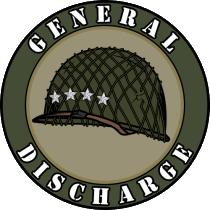
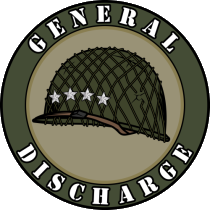

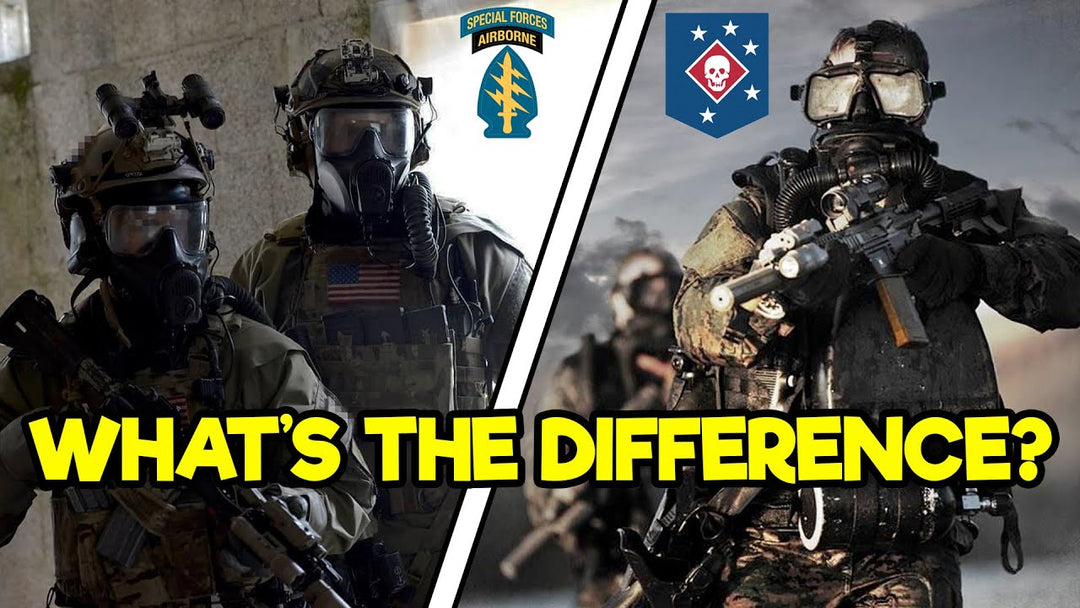
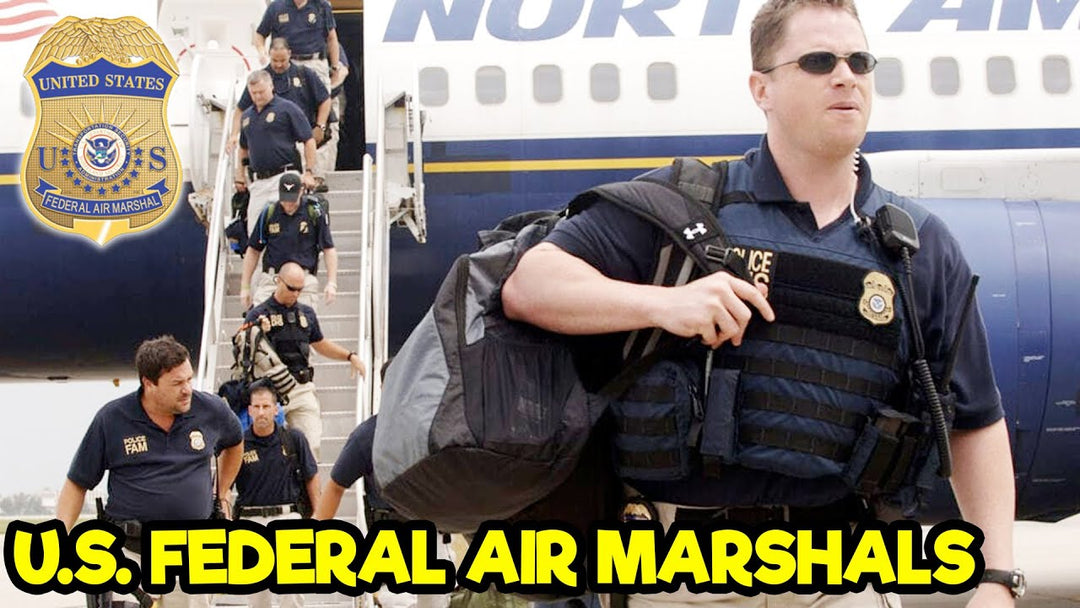
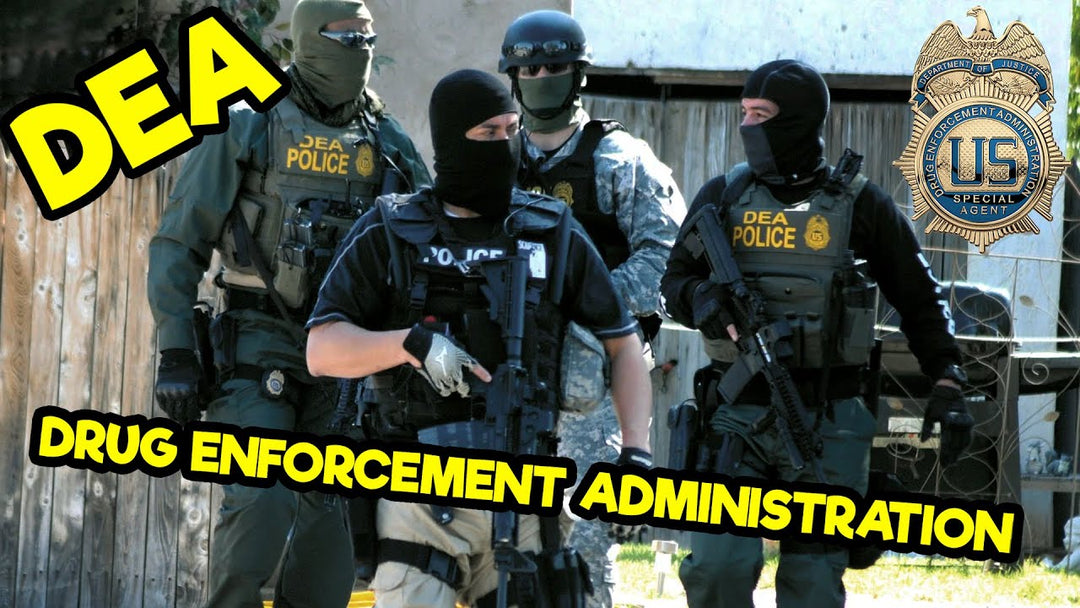
What most ppl don’t include in division recon and force members is each marine will be required to attend upwards of 10 different mos schools. I attended Ranger school, 62 days once I got to e-4. Had to attend mountain warfare instructor course. Each marine will attend a minimum of 5 specialty courses to add to the teams lethality. Sapper course, sniper course, LAR repair, jungle warfare, and on and on. There are 84 operations schools all services share. Marine recon and force by far attend more than any other service..And that’s not me being bias..we just don’t have many schools ourselves. But to not include the additional required courses the recon marine attends downplays his overall training. A recon marine will stay on a green team fir years until he accomplishes 5’to7 schools. Then he advances to a black team. There is much more to the unit than most know
Leave a comment